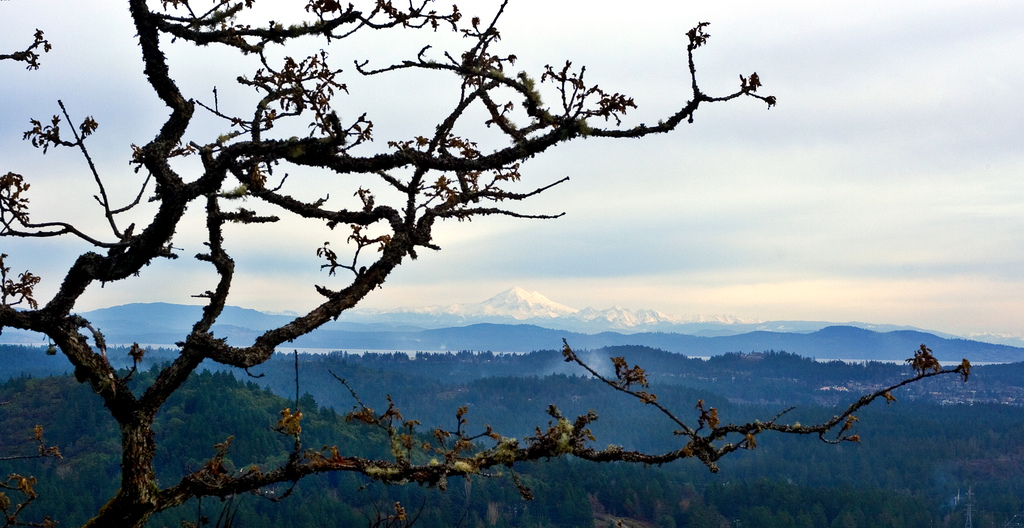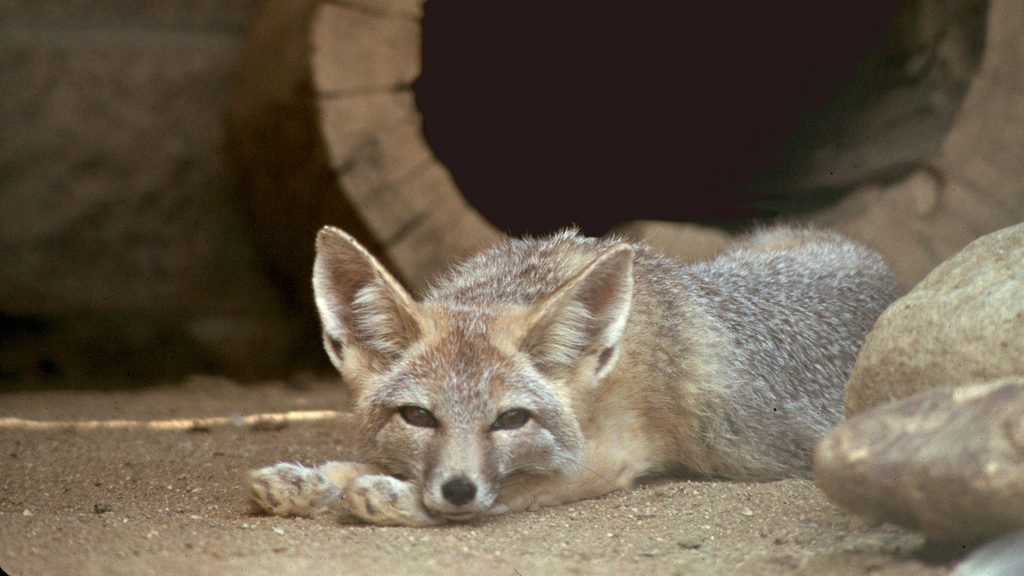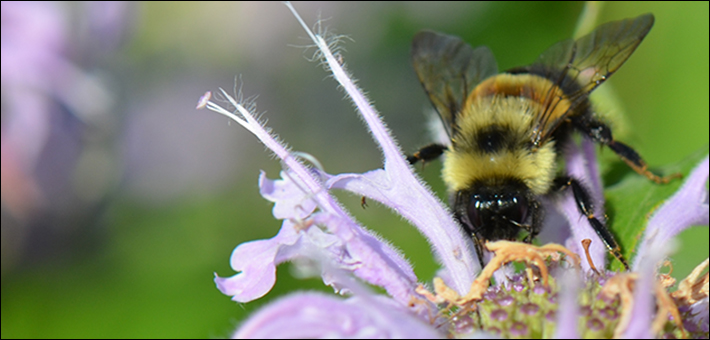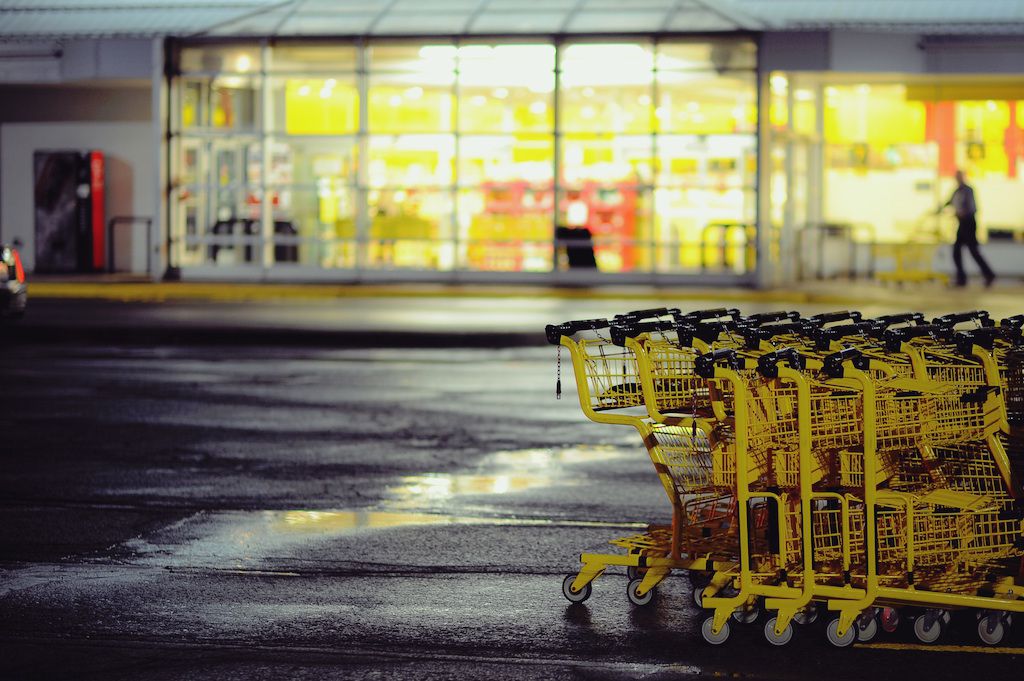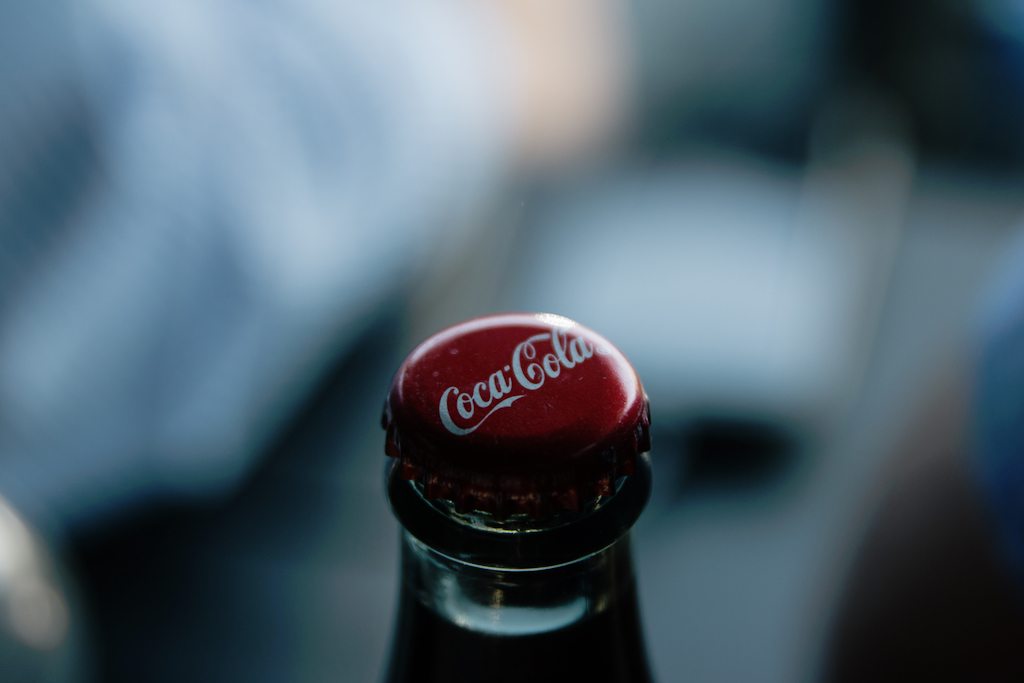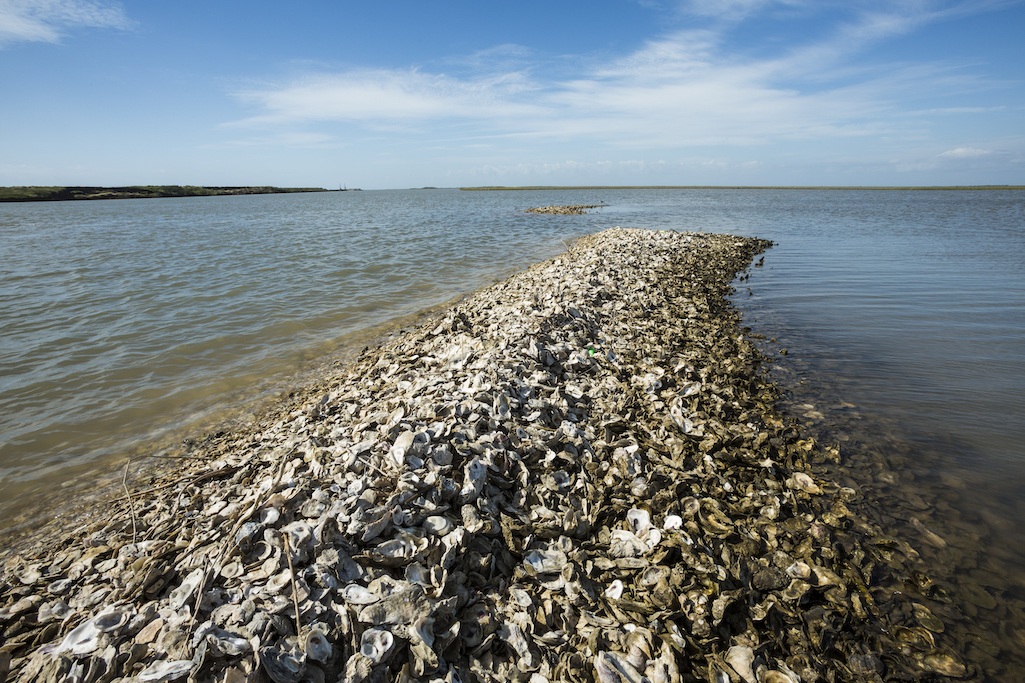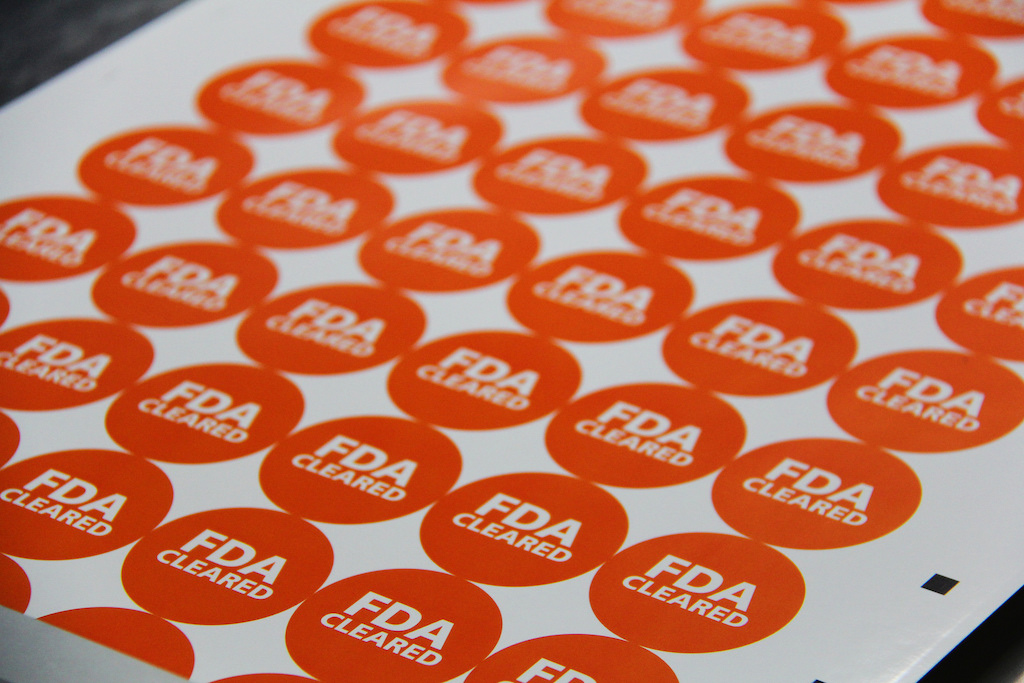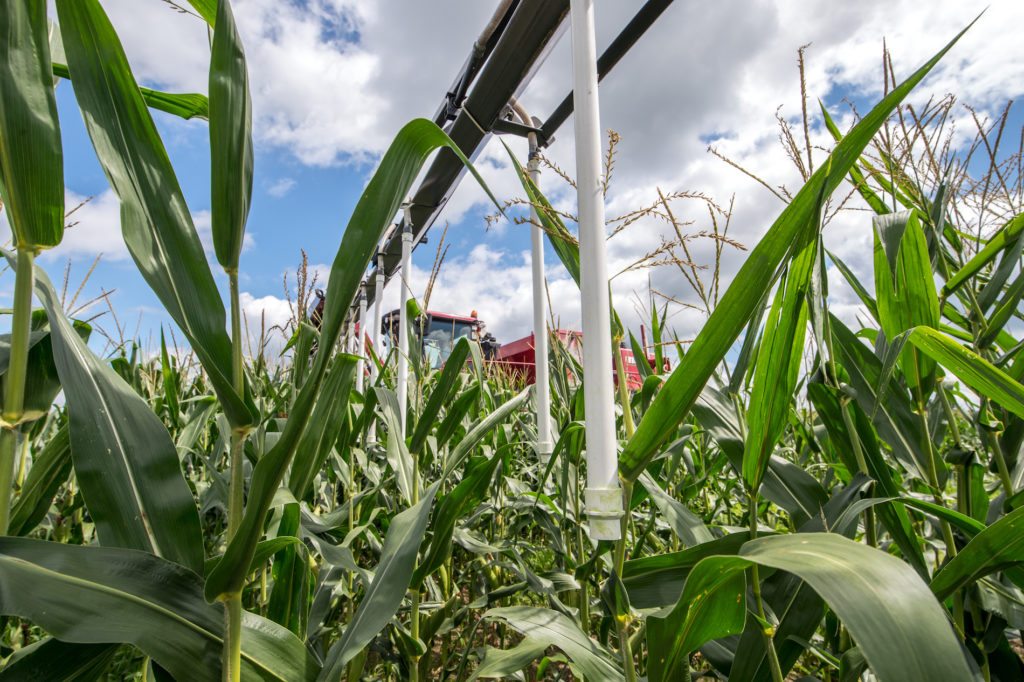Matt Hofmann strides through the knee-high grass in heavy-soled boots and a blue flannel shirt. With his burly frame and bushy red beard, he looks every bit the part of a lumberjack. We’re headed toward a pair of trees with sprawling branches that are dominating the middle of a small savanna. In his role as master distiller at Westland Distillery in Seattle, Washington, Hofmann is constantly on the lookout for wood of the sort this tree could provide. But today, we’re visiting a nature preserve near Tacoma to view Garry oak, also known as Oregon white oak or Quercus garryana, in its most endangered habitat. Hofmann and his team have helped the local land trust Forterra plant 600 Garry oak saplings here over the last two years.
The first thing you notice about Garry oaks is how twisted they are: their branches and even their trunks tend to bend and turn at odd angles. In the wintertime, their silhouettes form wild vein patterns against the pale sky. Here, in mid-May, they’re lush but not exactly full, with thick moss adorning many of the branches.
Hofmann points to one tree with a particularly straight trunk. “That’s a six-barrel tree right there,” he jokes.
 Photo by Wikicommons / Collage by NFE
Photo by Wikicommons / Collage by NFE Without regular fires, Douglas firs and other species overtake them and deprive them of the direct sunlight they need to survive
Two years ago, like a lot of Americans, I had never heard of Garry oak. But then I tasted a whiskey that Hofmann had matured in barrels made from this wood native to the Pacific Northwest. Consider that over the more than 800 years humans have been making whiskey, producers have matured their spirits almost exclusively in just three types of oak. Garry oak hasn’t been one of them. While producers have experimented with other types of oak, none have yielded reliably good whiskey—and many have yielded reliably awful whiskey. I say this from experience. As a whiskey writer, I’ve tried a great many of them. But Westland’s Garryana whiskey is different. Aside from the fact that it offers a complex and unique flavor profile, it’s also just really damn good.
But the plight of the Garry oak is also distinctive, even if it could be seen as the story of negative human impact on the environment in a microcosm. For thousands of years, Native Americans burned the grass in the open parts of oak savannas for a variety of reasons, including to clear them for planting and to make it easier to hunt. But the Garry oak bark is so thick, it was able to withstand those low-grade fires and even some wildfires, too, which cleared out competitor species like the Douglas fir. With European settlers to the Pacific Northwest came different uses for the land and increased fire suppression. This was bad news for the Garry oaks. These trees grow slowly, taking around 150 years to reach maturity. Without regular fires, Douglas firs and other species overtake them and deprive them of the direct sunlight they need to survive. Today, forestry experts estimate that Garry oak habitat is only 5 percent of what it was before the settlers arrived.
One problem Hofmann faces is that, as hardwoods go, Garry oak is not particularly sought after. That might seem like a plus, since lower demand tends to mean lower cost. But demand is low in part because Garry oak is notoriously hard to work with. All of its twists and turns make it difficult to turn into usable boards. And even when it does yield straight boards, they have a bad habit of warping and buckling over time. As a result, most Garry oak ends up as flooring or firewood.
The other reason there is little demand for Garry oak has to do, oddly enough, with its relative scarcity. Given the loss of its habitat, how slowly Garry oaks mature, and the fact that they are protected by many municipalities in which they grow, there is very little Garry lumber available. Most lumber mills see so little Garry oak, it isn’t worthwhile for them to deal with it at all.
Garry is Washington’s only native oak tree species, so as an “ingredient,” it is about as local as Westland can get. And that feeds directly into Westland’s larger aim to produce “whiskey with a sense of place.” Part of that is about terroir, but it goes well beyond trying to produce an authentically local product. Citing chef Dan Barber’s work on sustainably grown local ingredients as a major influence, Westland’s guiding philosophy extends to worrying about all aspects of production, including the social and environmental. For the Garryana project, that means sourcing new lumber from fallen trees or trees deemed “hazard wood” (often, compromised trees that are at risk of falling on a house or power lines). It also means planting new Garry oaks and preserving habitats.
 Stephen Mathis
Stephen Mathis Garry oak is Washington’s only native oak tree species, so as an “ingredient,” it is about as local as Westland Distillery in Seattle can get
But, as is true in Barber’s approach to food, taste is always of primary importance in whiskey production. As Hofmann likes to say, “If it doesn’t taste good, it’s not economically viable.” And a lot goes into making the whiskey taste good. On the Garryana project, for example, Hofmann and his team had to work with barrel experts to figure out how much to toast and char them to achieve a flavor profile that works well with the Westland house style of spirit. Hofmann has also had to blend each Garryana whiskey carefully to balance out the strong tannic flavors the Garry oak barrels impart.
All of these inputs make the product more expensive, but Westland embraces that fact as part of its business model. “All of the work that we’re doing depends on consumers having a different set of values besides just price,” Hofmann says. “Because if those people don’t exist, then this model doesn’t exist.”
Of course, those people do exist, and Rémy Cointreau, which acquired Westland in early 2017, is betting that more drinkers will move in that direction over time. “Rémy Cointreau sees this as the future. There is a variety of things that consumers will put into their equations of value,” Hofmann says. “More and more, the concepts of authenticity and ‘doing right’ and sustainability all become as much a part of the equation as the flavor and the price, and that’s where we operate.”
Westland also now has the resources to engage in conservation and restoration efforts. The company has teamed up with Forterra to plant saplings on protected land in an attempt to re-establish some small part of the Garry oak habitat that has been lost. Since it will take two whole lifetimes before those saplings can provide usable lumber, these conservation efforts are less about stocking the Garry oak pipeline and more about “doing right.”
Now, it’s easy to be cynical about a company that says it’s “doing right” when the company then promotes that activity in its branding for a product, as Westland does with the Garryana whiskey. Nevertheless, Westland’s environmental efforts do line up with and serve its business interests. Quercus garryana is a unique and threatened species, and the more spirit drinkers know about it, the more likely they are to get excited about the whiskey Hofmann has made using it. And even when doing the right thing offers no direct benefit to the company, those efforts identify Westland’s brand with certain values, which matter to the drinkers they hope to win over.
 Photo by Westland Distillery / Collage by NFE
Photo by Westland Distillery / Collage by NFE Hofmann has had to blend each Garryana whiskey carefully to balance out the strong tannic flavors the Garry oak barrels impart
Perhaps more important, though, is the fact that Hofmann and his team are very invested in having Garry oaks around in the future, even if it is in part to use them for making whiskey barrels. For Stuart Watson, lands manager at Forterra, Westland’s restoration efforts represent an exciting new approach to environmental activism. “I think it’s really fantastic, so much so that at Forterra we have tried to replicate this model with other entities where the restoration fits in with their for-profit business models.”
The key here is that Westland’s environmental efforts go beyond photo opportunities or making donations for public relations. The kind of partnership Forterra has with Westland offers many new possibilities to local environmental activists. “Tree-hugging environmentalists—which I could be classified as—are often resistant to the corporate, for-profit world,” Watson says. “But if we embrace it in this way, it can bring so many resources to the extremely resource-constrained industry of environmental conservation and restoration. There’s never enough funding, there’s never enough time or resources or volunteer labor to do all the work that we need to do, and a model like this just totally opens up the door to a whole new level of restoration projects that we can accomplish.”
While Westland does work with some individuals who have Garry oaks on their properties, Vogt suggests that working directly with broad associations of land owners in a collaborative way might afford Westland a better chance of locking up future stocks. That would be key to fending off competitors, especially those who might not be as scrupulous in their pursuit of this resource now that Westland has helped raise its profile and value. And competitors are already out there. Garry oak barrels have long been used in winemaking. And several Oregon distillers use Garry—or, as they call it, “Oregon oak”—either for barrels or in the form of “adjuncts,” blocks or shavings that they put into the barrel to impart flavor. There are also growing numbers of local breweries interested in aging their beer in barrels made from the native species.
Todd Dollinger, owner of reWine Barrels, which sources Garry oak for Westland, says that people in other parts of the country are starting to clamor for those barrels as well. On Westland’s chances of keeping the Garry oak barrel program going into the future, he says, “Depends on how popular it gets. You could hurt it because people want what they can’t have.” But for now, at current prices, the program is sustainable, provided it stays relatively small. “We’ll be able to do 200 to 400 barrels for them a year on a regular basis. Are we ever going to be able to spool it up to 2000? No way,” Dollinger says.
However, Vogt says she thinks that the most interesting possibility Westland’s model offers is a chance to transform the way people look at corporate environmental activism. As it is, many people see corporations as doing little more than paying lip service to environmental concerns, and the relationship between environmentalists and many natural resource producers is often tense and adversarial. If a corporation could bring together environmentalists and producers—and get the stamp of approval from both—it could change the way the public views those projects. “The most critical thing is that people trust the process,” Vogt says. “What could be really interesting with the whiskey is if they could develop a model where there’s trust in that.”
Of course, Westland’s efforts alone cannot save Quercus garryana. No small company can remedy hundreds of years of habitat loss all by itself. But its efforts could inspire others to help protect Garry Oaks. A taste of whiskey can offer the drinker an intimate connection to the wood that standing in the tree’s shade cannot. And that may be as good a source of inspiration as a distillery can produce.
Correction: An earlier version of this story erroneously described the Garry as Washington’s only native tree species. It is in fact Washington’s only native oak tree species.
